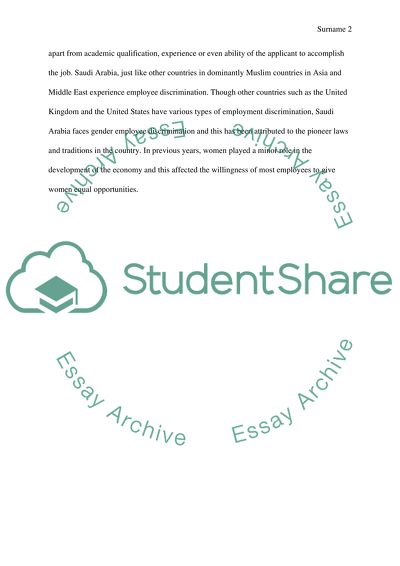Cite this document
(“Employment Law - Employment Discrimination Research Paper”, n.d.)
Retrieved from https://studentshare.org/human-resources/1668441-employment-law-employment-discrimination
Retrieved from https://studentshare.org/human-resources/1668441-employment-law-employment-discrimination
(Employment Law - Employment Discrimination Research Paper)
https://studentshare.org/human-resources/1668441-employment-law-employment-discrimination.
https://studentshare.org/human-resources/1668441-employment-law-employment-discrimination.
“Employment Law - Employment Discrimination Research Paper”, n.d. https://studentshare.org/human-resources/1668441-employment-law-employment-discrimination.


